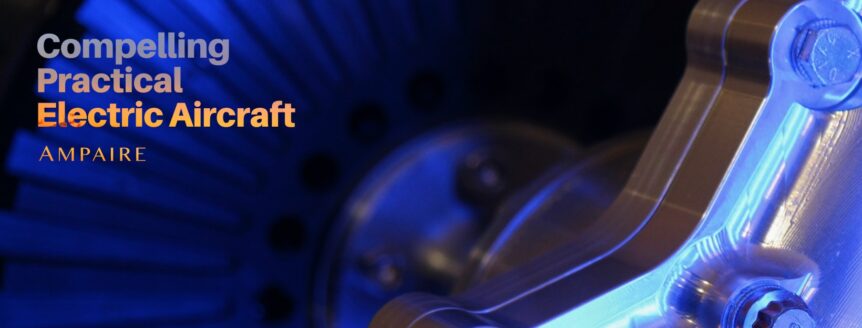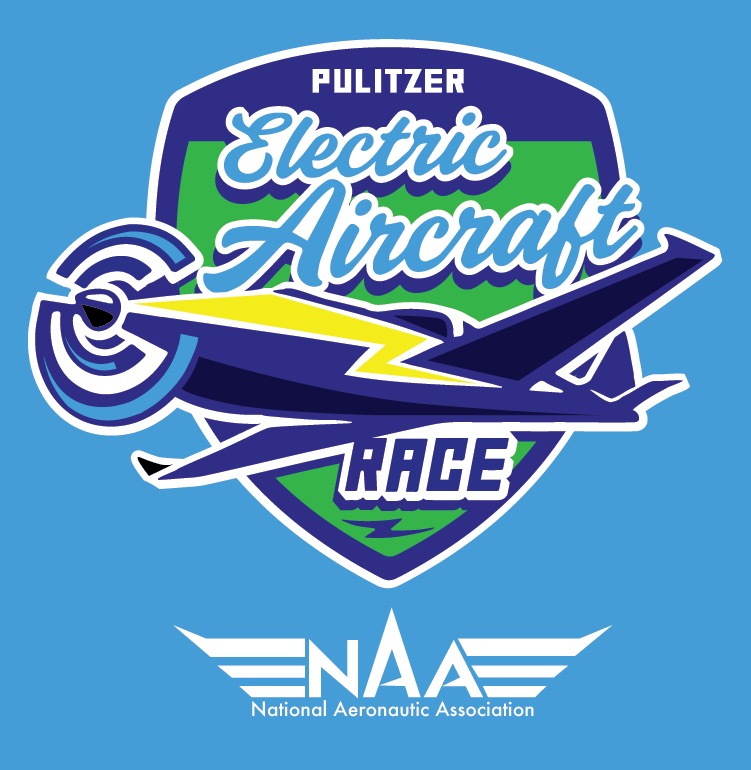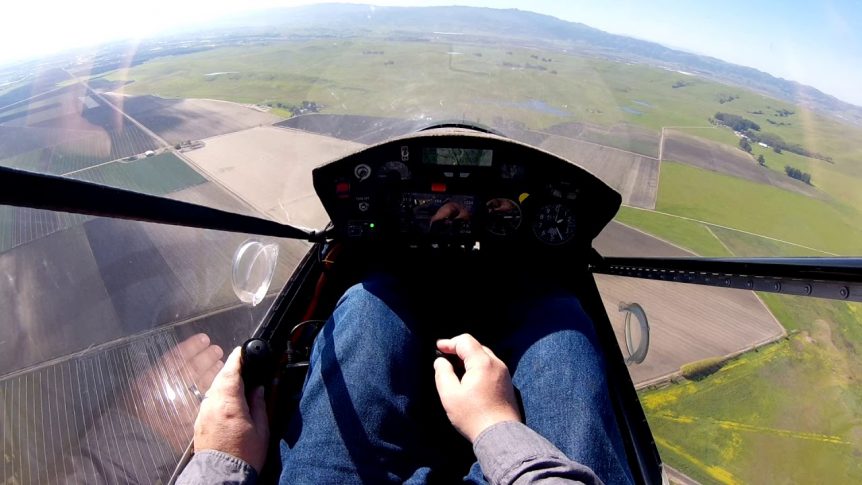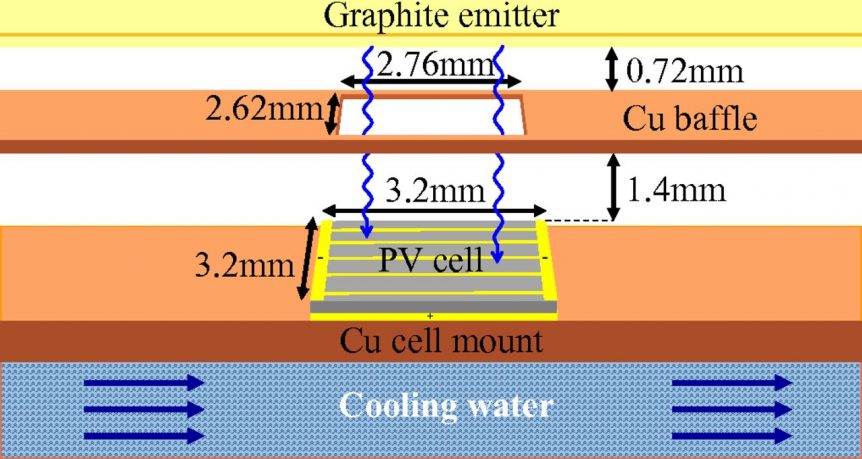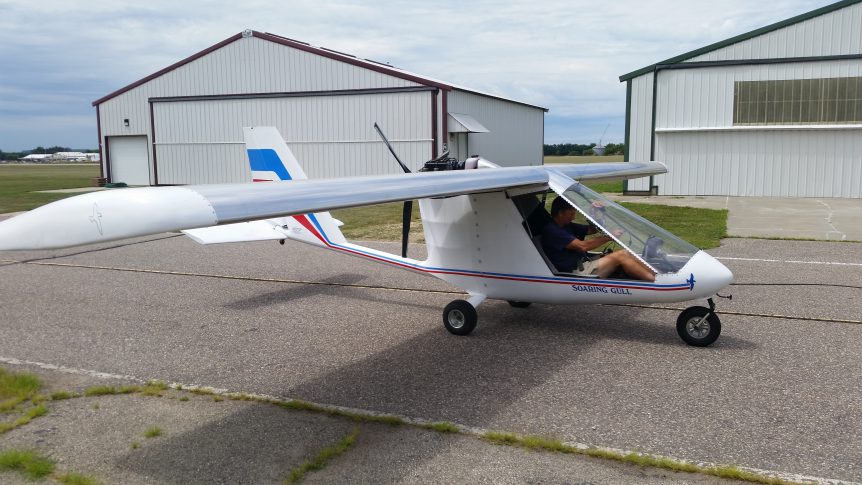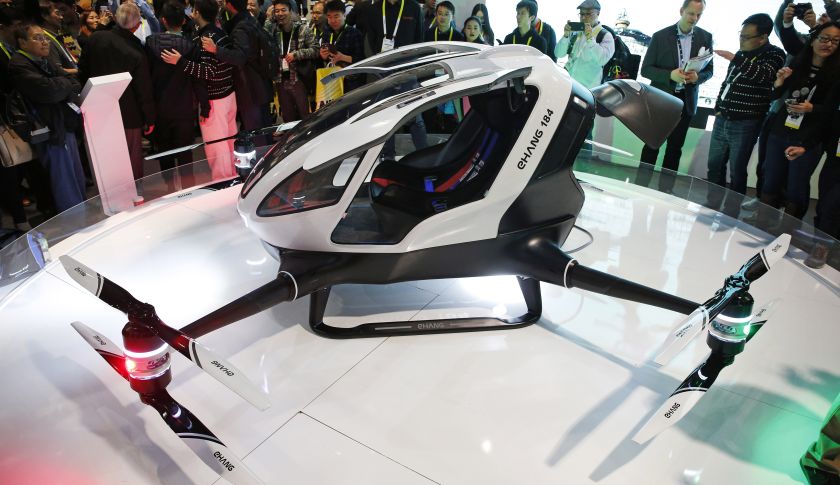Sonex and Gabriel DeVault have partnered to create an electric kitplane, marketing components for a different type of powerplant. Sonex has been in the kitplane business since 1998 (having built from a decade’s-old earlier company) and Gabriel DeVault has been working with the electrification of aircraft for a decade. Combining their expertise, we have a kit built path toward an inexpensive electric kitplane. Gabriel commutes a lot by air, traversing the globe between his home in Watsonville, California and Cranfield, England for work on Zero Avia’s electrification of Dornier 228s – one in each country. He flies between Watsonville and Hollister, California in his Zero Motorcycle powered eXenos, a kit built product from Sonex Aircraft in Oshkosh, Wisconsin. Before that, he flew a Mark Beierle eGull powered with a Zero motor. Gabriel was instrumental in the design and manufacturing of that motor, making him a bona fide expert on the powerplant. His experience with the eXenos has led Sonex to …
Two Electric Ways to Oshkosh
Two very different electric aircraft found their ways to AirVenture 2022 in Oshkosh, Wisconsin last week. By eGull from West Virginia 72-year-old Jean Preckel of Bruceton Mills, West Virginia flew her home-built Beierle eGull from her home town to the Experimental Aircraft Association gathering accompanied in a chase car driven by Mark Beierle himself. She is a craftswoman of note, having built fine-arts level models of boats from 1983 until she retired a few years ago. In 2019, she built and launched a lovely row boat, which displayed her great workmanship and rowing ability. The regional TimesLeader online news outlet reported that having, “…biked biked across the country, along the Appalachian Trail, traveled across Europe working odd jobs, [she] was looking for something new. She eventually came across electric planes.” This led her to Mark Beierle, who fields a unique builder assistance program. Mark probably supplied builder assistance to Jean, and acted as her ground crew on their epic trip …
A Pulitzer Written in the Sky
Itching to test your electric airplane’s cross-country capabilities? A new Pulitzer Electric Air Race of over 1,000 nautical miles (1,150.78 statute miles to be exact) between Nebraska and North Carolina will show who has the fastest electric flying machine. Jim Moore, reporting for the Aircraft Owners and Pilots Association (AOPA), shows the connection between the original Pulitzer Trophy and today’s electric competition. “Five of the first six pilots to have their names engraved on the Pulitzer Trophy were military airmen clocked around a closed course at speeds starting at 157 mph in 1920, up to a blistering 248 mph by 1925. The trophy was created to inspire innovation, and particularly faster airplanes. That vintage trophy housed at the Smithsonian National Air and Space Museum will be engraved with its first new name in 97 years in 2022, following completion of a 1,000-nautical-mile cross-country race by up to 25 electric aircraft.” Ralph Pulitzer was son of Joseph Pulitzer, whose prizes for …
SAS 2019 – Gabriel DeVault’s Clean Commute and Electric Adventures
An electric ultralight developer brought some hopeful notes to the Sustainable Aviation Symposium audience at the University of California Berkeley. Gabriel DeVault is the powertrain development specialist for ZeroAvia, bringing hydrogen power to regional air commuting. He does a lot of commuting in his own electric aircraft, showing that one doesn’t need huge investments in aircraft and infrastructure to enjoy green flight. The Paul MacCready Honorary Lecture: Doing More with Less, Right Now! An Aerospace Engineer and EV systems architect, Gabriel was a founding member of Zero Motorcycles, running R&D for the world’s largest and most successful electric motorcycle company. He now works for ZeroAvia, a firm in Hollister, California working with a hydrogen-powered electric Piper Malibu as the first step toward developing clean aerial commuters. He has worked for JOBY Aviation and designed the HEIST (Hybrid-Electric Integrated Systems Testbed), a Peterbuilt semi pulling a rolling wind tunnel with the high-mounted X-57 Maxwell wing and power system helping pull things …
Berkeley Achieves New Highs in Thermophotovoltaic Efficiency
Researchers at University of California at Berkeley announced a record in thermophotovoltaic efficiency, now at 29 percent, but with a few tweaks, soon to be at 50 percent. This is great news for small drones, which could stay up for days, but possibly not a be-all, end-all for larger, more conventional electric aircraft. Let’s examine the potential and the pitfalls involved. The researchers’ “groundbreaking physical insight” and “novel design” applies thermophotovoltaic principles that are “an ultralight alternative power source.” Eli Yablonovitch, professor of electrical engineering and computer science (EECS), wrote in a paper published in the Proceedings of the National Academy of Sciences, ““Thermophotovoltaics are compact and extremely efficient for a wide range of applications, from those that require as little as 100 watts, [such as] a lightweight unmanned aerial vehicle, to 100 megawatts, [providing] electricity for 36,000 homes. In comparison, a 100-megawatt combined cycle power plant is massive,” Expanding on work he and his students published in 2011, Yablonovitch …
Coots and e-Gulls at Oshkosh
Lead image shows Mark Beierle in the Soaring Gull of his design with which he accompanied Richard Steeves to Oshkosh. As many readers know, Richard Steeves, a physician and teacher at the University of Wisconsin – Madison is also a builder and long-time advocate for an amphibious aircraft called the Coot. He publishes the Coot Builders Newsletter and stages a recurring AirVenture event, a yearly get-together of fellow Coot builders. Recently, he got into electric aviation and has built and flies Bravo, an e-Gull designed by Mark Beierle. Richard’s newsletter now features articles about amphibians and electric flight. Mark showed up at Richard’s hangar at the Sauk Prairie Airport, a lovely stretch of green bordered by hangars and bisected by a concrete runway pointing south toward Madison and north toward the Wisconsin Dells. Beierle “worked very methodically and precisely to optimize Bravo beyond my dreams,” according to Richard. The Coot Builder’s Newsletter reports, “Mark Beierle showed up at the Sauk …
Controversial at CES 2016
Making a lot of column inches of traditional newsprint and reigning as clickbait on the Internet, the Ehang 184 is an eye-catching Autonomous Aerial Vehicle (AAV) causing a bit of controversy in the media. Unveiled at this week’s Consumer Electronics Show (CES 2016), it drew concentric circles of photographers who normally save their enthusiasm for the lovely models showing off the newest iPhone or PlayStation. Coming from a firm that already makes hobby drones, the 184 (one passenger, eight motors, four arms) can carry its trusting passenger up to 20 miles, depending on who’s reporting. Its 14.4 kilowatt-hour battery pack allows a maximum of 23 minutes of flight, and at 60 mph, a quick hop to a nearby destination, which Ehang describes as short to medium-range flight. Cnet.com considers licensing. “Ehang said that it’s working with multiple governments around the world and that no pilot’s license will be required to use the 184 AAV. Passengers navigate by tapping a destination …
EAS VIII: Joby Motors – on Simple and Complex Airframes
JoeBen Bevirt, founder and CEO of Joby Aviation, Joby Motors, and related enterprises, has thought long and hard about the financial costs and lost productivity brought about by the daily automotive commute, a 1.6 hour per day ordeal for many in our urban centers. JoeBen and the Atlantic magazine agree that commuters squander 5.5 billion hours and 2.9 billion gallons of fuel annually, stuck in the fitful despair of slow or unmoving traffic, sharing only frustration and polluted air with their fellow motorists. JoeBen told attendees at the April Electric Aircraft Symposium that several years before, he had the seeming pipe dream of moving people by air in a single-seat, eight-motorm, vertical takeoff and landing, electric commuter aircraft that would take one 100 miles at 100 miles per hour for one dollar. The combination of Greg Cole’s Sparrowhawk and electric power focused too much on efficiency, according to JoeBen, and battery technology had not evolved to allow the practical outcome …
Electric Gull Flies at Arlington
The annual fly in at Arlington, Washington was an electric landing zone for Mark Beierle’s Gull 2000, powered by his own design 20-kilowatt motor. The 36-coil, 42 magnet disk, weighing 16 pounds, is mounted on a truss arrangement behind the airplane’s high wing, and drives a ground-adjustable pusher propeller. Flying five half-hour demonstration flights during the half-week event accounted for almost half the six hours total time on the airplane so far. The airplane has a 74-Volt Rhino Lithium-polymer battery pack made up to 11 packs in a parallel/series arrangement. Beierle says this array, and taking voltage from the ends of each 3.7-Volt series pack, allows balancing of all 210 cells. Power is run through a 500-Amp Kelly controller, which weighs about 12 pounds: Beierle hopes to try a new Kelly unit which will be half that weight and less expensive. Battery protection is provided by circuits in the charger, which will be the same Kelly unit Beierle uses in recharging his …
AirVenture 2010 World Symposium At Eagle Hangar
An indication of the enthusiasm people are showing for the potential of electric flight, tickets are going fast for the Experimental Aircraft Association’s 2010 World Symposium on Electric Aircraft, part of AirVenture 2010. The WSEA will be held on Friday July 30 on the Eagle Hangar main stage. The morning session, titled, “The Dream of Flight,” runs from 9 a.m. to Noon. The lunch session, “The Voice of Experience: Electric Aircraft Builders,” runs from Noon to1:30 p.m., and the afternoon session, “Putting Vision to Practice,” runs from 1:30 to 4:30 p.m. According to the EAA, “Among the confirmed participants for the symposium are FAA Administrator Randy Babbitt; Electric Aircraft Corporation founder Randall Fishman; Yuneec founder Tian Yu; Sonex Aircraft founder John Monnett; and Earthstar Aircraft founder Mark Beierle, who displayed his eGull ultralight aircraft at AirVenture 2009. Commercial pilot and flight instructor Erik Lindbergh, grandson of aviation pioneer Charles Lindbergh and founder of the nonprofit Creative Solutions Alliance, will also be on …


